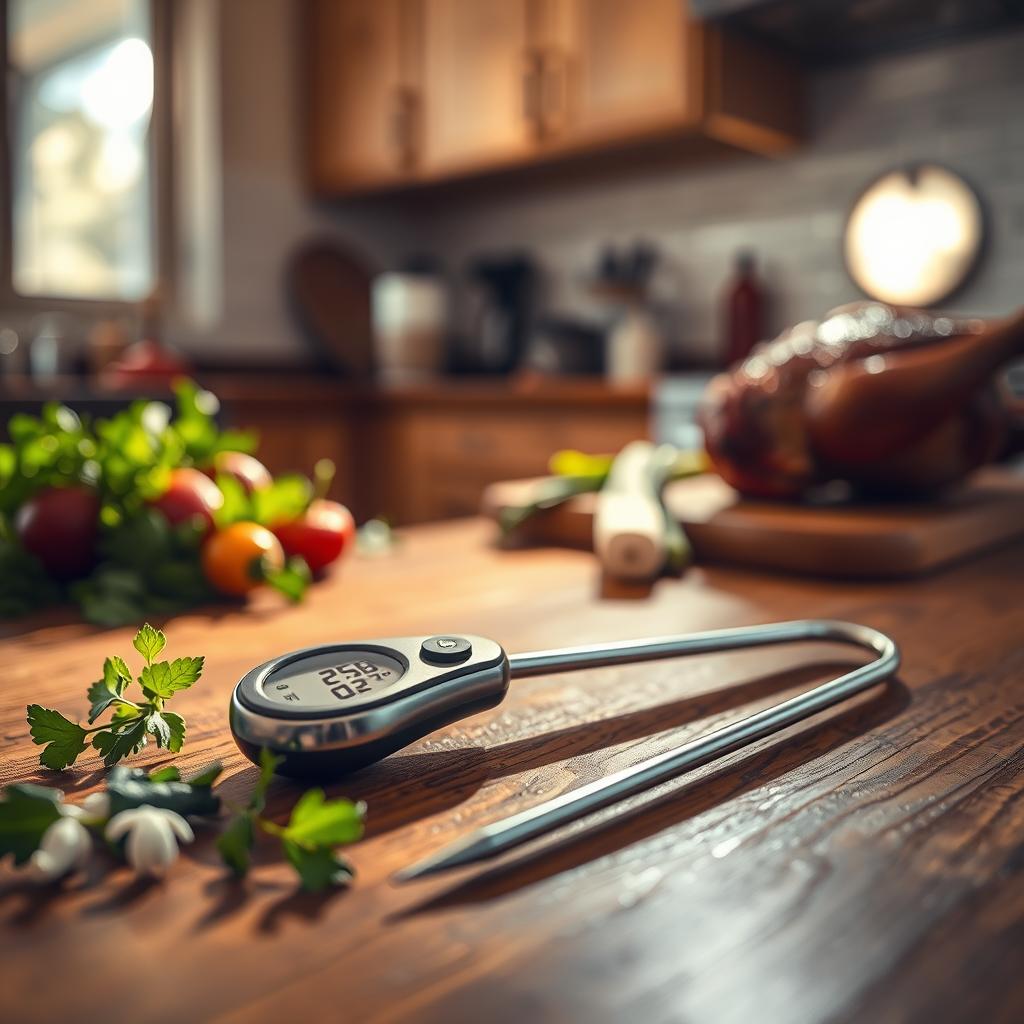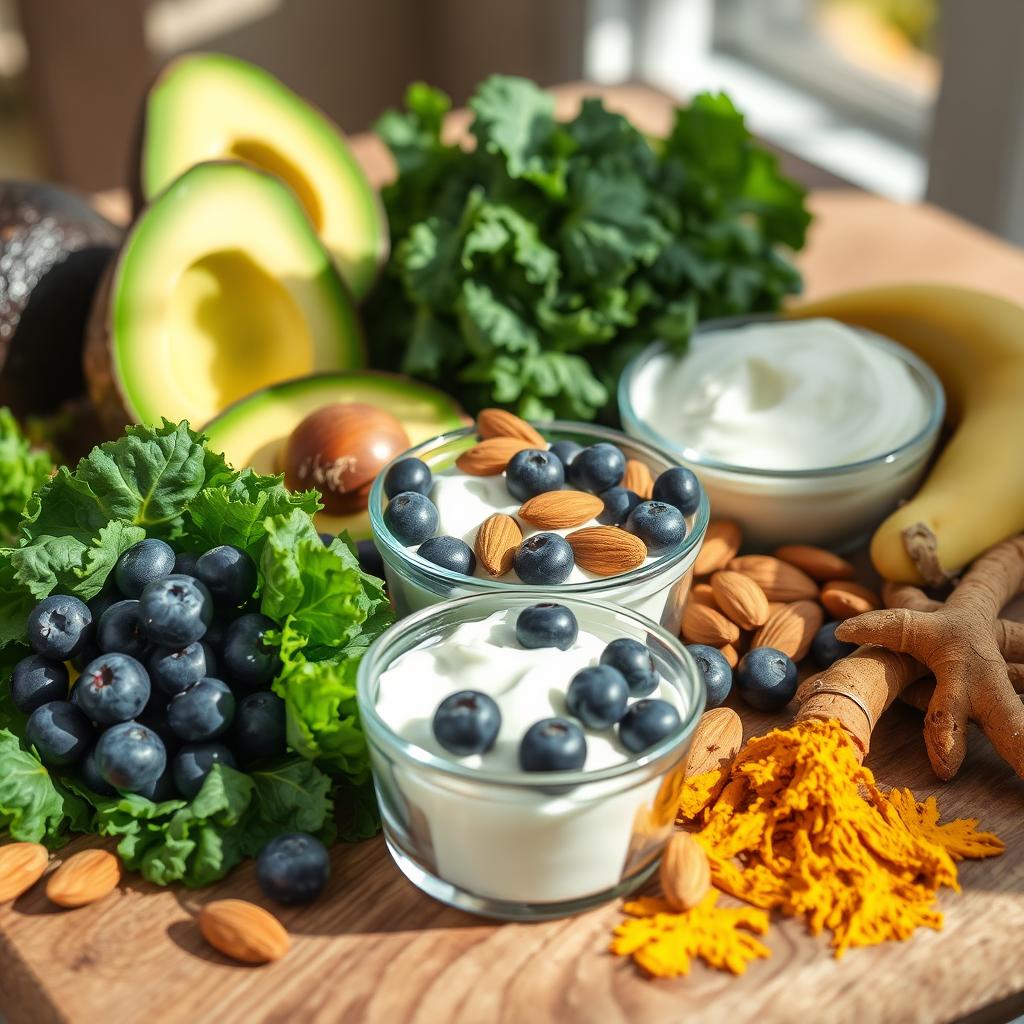Your vision is one of your most precious senses, allowing you to see the faces of loved ones, read a great book, or watch a beautiful sunset. As we age, it’s natural to think about how to protect our eyesight. One of the most significant threats to central vision in older adults is age related macular degeneration (AMD). The good news is that you have a powerful tool to fight back, and it starts right in your kitchen. A targeted age related macular degeneration prevention diet isn’t about complicated rules, it’s about making smart, delicious choices to nourish your eyes for years to come.
Understanding Age Related Macular Degeneration (AMD)
Before diving into the foods you should eat, it’s helpful to understand what we’re up against. AMD is a common eye condition that affects the macula, the small central portion of your retina responsible for sharp, detailed vision. It’s the reason you can see things directly in front of you, like the words on this page.
What is the Macula?
Think of your retina as the movie screen at the back of your eye. The macula is the high definition center of that screen. When the macula is damaged, your central vision can become blurry, wavy, or develop dark spots. This can make activities like driving, reading, and recognizing faces very difficult, even though your peripheral (side) vision often remains clear.
Dry vs. Wet AMD
There are two main types of AMD. Dry AMD is more common and occurs when the cells of the macula thin and break down, leaving behind tiny yellow deposits called drusen. This form usually progresses slowly. Wet AMD is less common but more severe. It happens when abnormal blood vessels grow under the retina and leak fluid or blood, which can cause rapid and significant vision loss. A proper age related macular degeneration prevention diet is crucial for slowing the progression of both forms.
The AREDS2 Study: The Science Behind the Diet
You might wonder how we know which foods and nutrients are best for eye health. Much of our current understanding comes from major clinical trials sponsored by the National Eye Institute, called the Age Related Eye Disease Studies (AREDS and AREDS2). These studies were groundbreaking.
The research discovered that a specific combination of vitamins and minerals could reduce the risk of intermediate AMD progressing to the advanced stage by about 25%. This scientific evidence is the backbone of any effective age related macular degeneration prevention diet. The AREDS2 study refined the original formula, adding lutein and zeaxanthin while removing beta carotene, creating a safer and more effective profile.
Core Nutrients for Your Macular Degeneration Prevention Diet
The findings from the AREDS2 study give us a clear roadmap of the key nutrients your macula needs to stay healthy. Focusing on foods rich in these specific compounds is the most important part of an age related macular degeneration prevention diet.
Lutein and Zeaxanthin: The Macula’s Natural Sunglasses
Lutein and zeaxanthin are powerful antioxidants from a group called carotenoids. They are found in high concentrations in the macula, where they act like internal sunglasses. They help filter out harmful high energy blue light and protect the delicate cells of the retina from damage. Your body can’t make these, so you must get them from your diet.
- Top Food Sources: Kale, spinach, collard greens, Swiss chard, corn, peas, and egg yolks.
Antioxidant Vitamins: C and E
Your eyes are constantly exposed to light and oxygen, which creates oxidative stress a process that can damage cells over time. Vitamins C and E are powerful antioxidants that help neutralize this damage. They work together to protect the cells in your retina from breaking down.
- Top Food Sources for Vitamin C: Oranges, grapefruit, bell peppers (especially red and yellow), broccoli, strawberries, and kiwi.
- Top Food Sources for Vitamin E: Almonds, sunflower seeds, hazelnuts, peanut butter, and avocados.
Zinc and Copper: Essential Minerals
Zinc is a vital mineral that is highly concentrated in the retina. It plays a key role in transporting vitamin A from the liver to the retina to produce melanin, a protective pigment. The AREDS2 studies used a high dose of zinc, which can sometimes interfere with copper absorption in the body. That’s why copper is included in the formula and is an important part of a balanced age related macular degeneration prevention diet.
- Top Food Sources for Zinc: Oysters (the richest source), beef, crab, pumpkin seeds, lentils, and chickpeas.
- Top Food Sources for Copper: Shellfish, nuts, seeds, and whole grains.
Omega 3 Fatty Acids: The Healthy Fats
Omega 3 fatty acids, particularly DHA and EPA, are crucial components of the cell membranes in your retina. They have strong anti inflammatory properties that can help protect your eyes. While they weren’t part of the final AREDS2 formula for slowing progression, a diet rich in omega 3s is strongly associated with a lower risk of developing AMD in the first place, making it a foundation of any age related macular degeneration prevention diet.
- Top Food Sources: Salmon, mackerel, sardines, tuna, flaxseeds, chia seeds, and walnuts.
Building Your Age Related Macular Degeneration Prevention Diet: Foods to Eat
Knowing the nutrients is great, but how do you translate that into your daily meals? It’s simpler than you think. A great approach is to follow a Mediterranean style eating pattern, which naturally includes many of the foods beneficial for eye health. This is the practical side of the age related macular degeneration prevention diet.
Foods to Emphasize in Your Diet
| Food Group | Examples | Key Nutrients |
|---|---|---|
| Leafy Green Vegetables | Spinach, kale, collard greens, romaine lettuce | Lutein, Zeaxanthin |
| Colorful Fruits & Veggies | Oranges, bell peppers, corn, broccoli, berries | Vitamin C, Lutein, Zeaxanthin |
| Fatty Fish | Salmon, sardines, mackerel, tuna (at least twice a week) | Omega 3 Fatty Acids (DHA & EPA) |
| Nuts, Seeds, & Legumes | Almonds, walnuts, pumpkin seeds, lentils | Vitamin E, Zinc, Omega 3s |
| Whole Grains | Oats, quinoa, brown rice, whole wheat bread | Low Glycemic Index, Zinc, Vitamin E |
Focus on building a colorful plate. The vibrant colors in fruits and vegetables are often a sign of the powerful antioxidants they contain. Making these foods the star of your meals is the most effective way to follow an age related macular degeneration prevention diet.
Foods to Limit or Avoid on Your AMD Prevention Plan
Just as important as what you eat is what you don’t eat. Certain foods can increase inflammation and oxidative stress, working against your efforts to protect your macula. Limiting these is a critical component of a successful age related macular degeneration prevention diet.
Processed and High Fat Foods
Commercially prepared baked goods, fried foods, and processed snacks often contain unhealthy saturated and trans fats. These fats can contribute to inflammation and may negatively impact the small blood vessels that supply your retina. Think about limiting things like chips, cookies, and fast food.
High Glycemic Index Foods
Foods with a high glycemic index are digested quickly, causing a rapid spike in your blood sugar. Over time, these spikes can damage blood vessels throughout the body, including those in your eyes. A diet high in these foods has been linked to a greater risk of AMD progression. This makes managing blood sugar a key goal of an age related macular degeneration prevention diet.
- Examples to Limit: White bread, white rice, potatoes, sugary cereals, and sweetened snacks.
Sugary Drinks and Snacks
Sodas, sweetened juices, and candy offer little nutritional value and contribute heavily to blood sugar spikes and inflammation. Swapping these for water, herbal tea, or whole fruit is a simple yet powerful change for your age related macular degeneration prevention diet.
Beyond the Plate: Other Lifestyle Factors for AMD Prevention
An age related macular degeneration prevention diet is incredibly powerful, but it works best as part of a holistic, healthy lifestyle. Combining good nutrition with other smart habits gives you the best possible defense against AMD.
- Don’t Smoke: Smoking is the single biggest modifiable risk factor for AMD. Smokers are two to four times more likely to develop the condition than non smokers. Quitting is the best thing you can do for your eyes and overall health.
- Maintain a Healthy Weight and Blood Pressure: Obesity and high blood pressure are both linked to an increased risk of developing AMD. Regular physical activity can help manage both.
- Get Regular Exercise: Physical activity improves circulation, which is vital for delivering nutrients to your eyes and removing waste products. Aim for at least 30 minutes of moderate exercise most days of the week.
- Protect Your Eyes from UV Light: Always wear sunglasses that block 100% of UVA and UVB rays when you are outdoors. This helps protect your eyes from the sun’s damaging effects.
Think of your age related macular degeneration prevention diet as one part of a complete strategy for long term vision health.
Should You Take an AREDS2 Supplement?
With all this talk about specific nutrients, you might be wondering if you should just take a pill. It’s an important question, but the answer is specific. The AREDS2 supplements are not a preventative measure for everyone. They are specifically recommended for individuals who already have intermediate AMD in one or both eyes, or late AMD in one eye.
For those individuals, the supplements can significantly slow the progression to the advanced, vision threatening stage. However, for people with no AMD or only early stage AMD, these high dose supplements have not been shown to be beneficial and are not recommended. A healthy age related macular degeneration prevention diet is the preferred approach for this group. Always consult with your optometrist or ophthalmologist before starting any supplement regimen.
Frequently Asked Questions About the Age Related Macular Degeneration Prevention Diet
Can diet reverse macular degeneration?
Unfortunately, there is no cure for AMD, and diet cannot reverse damage that has already occurred. However, a dedicated age related macular degeneration prevention diet has been scientifically shown to slow the progression of the disease, especially from the intermediate to the advanced stage. It is a powerful tool for preserving the vision you have.
How quickly can an age related macular degeneration prevention diet show results?
This is a long term strategy, not a quick fix. The nutrients from your food build up in your retinal tissues over months and years, providing continuous protection. The benefits come from consistently making healthy choices over time. Think of it as investing in your future vision.
Are carrots good for AMD?
Carrots are famous for being good for your eyes, and for good reason! They are rich in beta carotene, which the body converts to Vitamin A, essential for night vision. However, for AMD specifically, the nutrients lutein and zeaxanthin (found in leafy greens) are more directly protective of the macula. While carrots are a healthy part of any diet, an effective age related macular degeneration prevention diet prioritizes leafy greens.
Can I get all the necessary nutrients from food alone?
For the general population looking to reduce their risk of developing AMD, a well balanced diet rich in the foods mentioned above should provide sufficient nutrients. The high dose AREDS2 formula is specifically for those diagnosed with intermediate AMD. For this group, it’s very difficult to get the therapeutic levels of vitamins and minerals from diet alone, which is why a supplement is often recommended by an eye care professional to complement their age related macular degeneration prevention diet.
Conclusion
Protecting your sight as you age is a goal worth pursuing, and the food you put on your plate is your first line of defense. An age related macular degeneration prevention diet is not a fad or a temporary fix, it’s a lifestyle centered on whole, nutrient dense foods. By focusing on a diet filled with leafy greens, colorful fruits and vegetables, fatty fish, and nuts, you are actively nourishing and protecting the delicate cells in your macula. Combining this powerful dietary approach with a healthy lifestyle and regular eye exams gives you the best strategy for maintaining clear, central vision for a lifetime. Start today by making one small, positive change your eyes will thank you for it.




